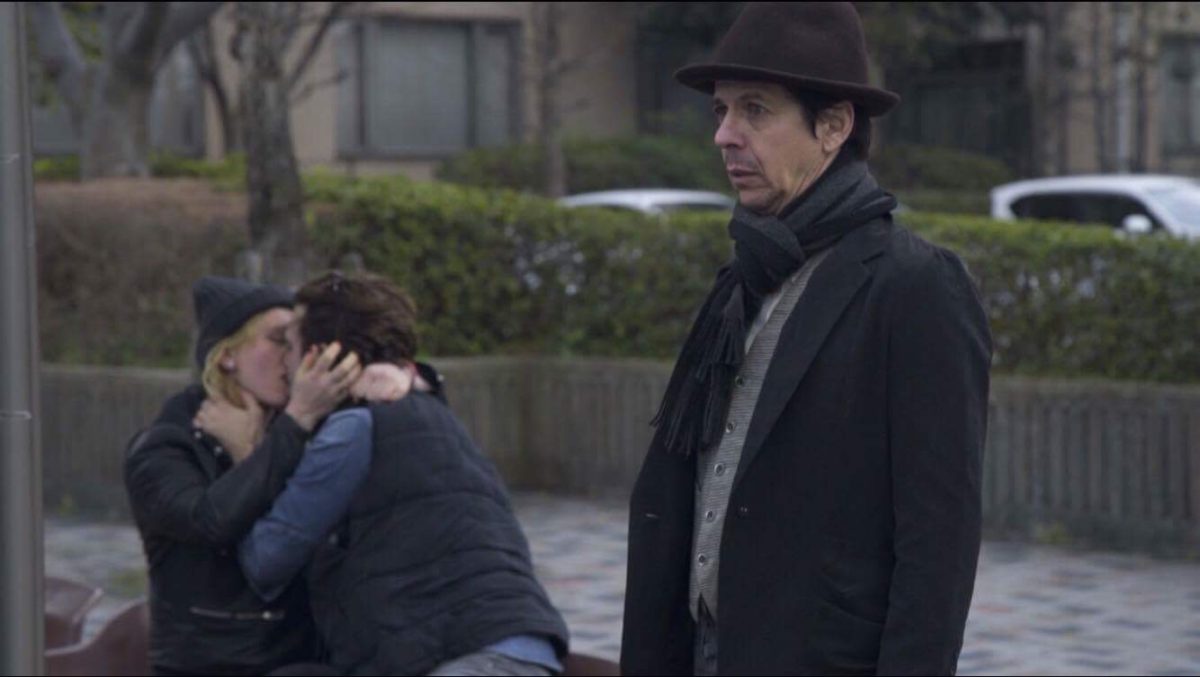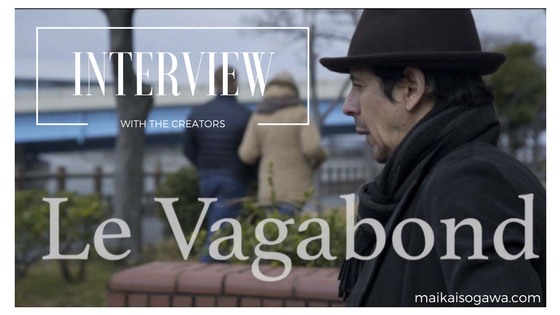We see people through lenses. Their age, gender, even their occupation shapes the way we view them from the moment you meet. These boxes help us. They let us assume what we can expect from them, how to interact, what conversations to have and what topics to avoid. But sometimes, life does this beautiful thing and blows those lenses away.
This short film was created by my talented co workers. I call them my ‘co workers,’ because to me, that’s what they were. The people I see everyday at work, who repeat the same patterns and do the same job, day after day. As I fall into my own rhythm, they do as well, and we hum through the minutes in regular tempo until the day is done. But do you recognize the brilliant souls that share your air? Actors and musicians, vocalists and cinematographers, all nouns that will never be able to encompass all that are my, “co workers.”
This film boasts the contributions of many members of the Totem family, a collaborative love-project spearheaded by two motivated creatives: Jon Monastero and Eric Hernandez. A short Q&A about the film follows.
…
We all gathered in the studio apartment of Mr. Hernandez in Sochi, Russia, to watch the world premiere of ‘Le Vagabond.’ A single couch crowded between mismatched chairs and eager spirits, the film rolled off a small projector, ironically intimate in these modern days of virtual-reality and 4D. The room remained focused as the story progressed. Layers of harmonies rolled across the air, the melodious vocals belonging to the people who sat right next to me (and the babies). A round of applause through the rolling credits, and smiles remained on the faces all.
I tagged along for part of the day for the filming of ‘Le Vagabond.’ I can’t remember ever being colder than I was that day. In the middle of winter in Fukuoka, Japan, my jacket and gloves weren’t enough to keep the bite out of my bones. I watched as Jon powered through, unfazed by the weather, a true actor. The film includes many couples from Totem, naturals in each other’s arms. The videographers were focused and serious, unrecognizable compared to the casual relaxation we all lounge in at work. We went from the park to the bus, trying to minimize the disturbance to the local Japanese, hardly succeeding.

If you didn’t already know, could you tell where this is? I find the ambiguity beautiful. A bridge is a bridge, water is water. Love remains as this timeless story told yesterday will undoubtedly be told again tomorrow.
Jon Monastero, the script writer, started this project in Tokyo. After completing the script in Osaka, he approached Eric Hernandez. The planning commenced. A project like this is not easy when another job requires your full attention and majority of your time. Your options for productivity are few, the scraps of time that remain after a long day of work, or the rare (and precious) days off.
Accompanying the film is a short Q&A with the main creators regarding their motivations, inspirations, and approach to this project. Have a read:
…
Answers from Jon Monastero:
Q. What was the inspiration for this project?
“I had several inspirations.
Primarily, I wanted to write something with heart and soul. Something that uplifts people and perhaps even makes them think a little. There is so much video content being produced these days and much of it leaves me feeling empty and often times disturbed. I am not a fan of “put-down” humor, prank videos which have us take pleasure in someone’s victimization or film that seems pointless and merely perpetuates the mass-consumer culture that surrounds us. I wanted to make something simple but with depth of imagery and emotion.
The other inspiration was Charlie Chaplin, Buster Keaton and many other silent film greats. I am a HUUUGE fan of their cinematic storytelling. So much so that I spent ten years creating original stage shows in the style of the silent film clowns (www.tenwest.net). I wanted to be able to tell a story that is accessible to international audiences.”
Q. What is this film about?
“To be honest, I think this question is best asked to the viewer. I think it could mean different things to different people.
What is something you want a viewer to notice (or know) about this film?
A fun fact is that it was filmed in Fukuoka and Sendai, Japan, and completed in Sochi, Russia by circus artists and technicians who worked on a shoe-string budget, without pay and while working six days a week at their “real” jobs!”
Q. What is something you want a viewer to notice (or know) about this film?
“I would love viewers of the film to know that it is at once autobiographical and universal.
A fun fact, it was filmed in Fukuoka and Sendai, Japan, and completed in Sochi, Russia by circus artists and technicians who worked on a shoestring budget, without pay and while working six days a week at their “real” jobs!”
Q. Where does the title come from?
“The title of the film, Le Vagabond comes from the lyrics to the song we used to score the movie. Here is a link: http://lyricstranslate.com/en/youkali-youkali.html-0
The song was suggested by Elizabeth Veilleux – the main vocalist. I felt it fit the story very well because the main character is alone and adrift in the world, searching for something – connection, friendship, love. He sees these beautiful things all around him, but remains invisible, separate and alone.”
Answers from Eric Hernandez:
Q. What were you trying to capture as you were filming? (A certain mood, or emotion?)
“I really wanted to capture the idea that there are two separate worlds in this film.
The sad and depressing world that Jon, ‘Le Vagabond,‘ is living in, and the happy, full-of-love world that the rest of the characters are living in.
I chose to shoot most of this film using a handheld technique in order to make the viewer feel like they are in the story, feeling the same emotions of Le Vagabond. I used a mixture of closeups, to capture the emotion, and landscape shots to capture the setting, which was a gloomy day in the city of Fukuoka.”
Q. Do you have a favorite shot?
“My favorite shot is when Jon sees his love on the beach for the first time, then turns away, questioning the reality of what he just saw.”
Q. What were your thoughts on the piece when Jon first approached you about making this film?
“I immediately had a clear vision of how I wanted to shoot it. It’s a simple story that has a strong message. I was very glad to work with Jon on bringing it to life.”
…
…
You can also view the film on Youtube here.
The team will be submitting the film to multiple festivals.
Leave your thoughts and comments below, or comment on Youtube.
If you enjoyed this, please share it using the social media buttons.
…
3/31 #YearOfChallenge
